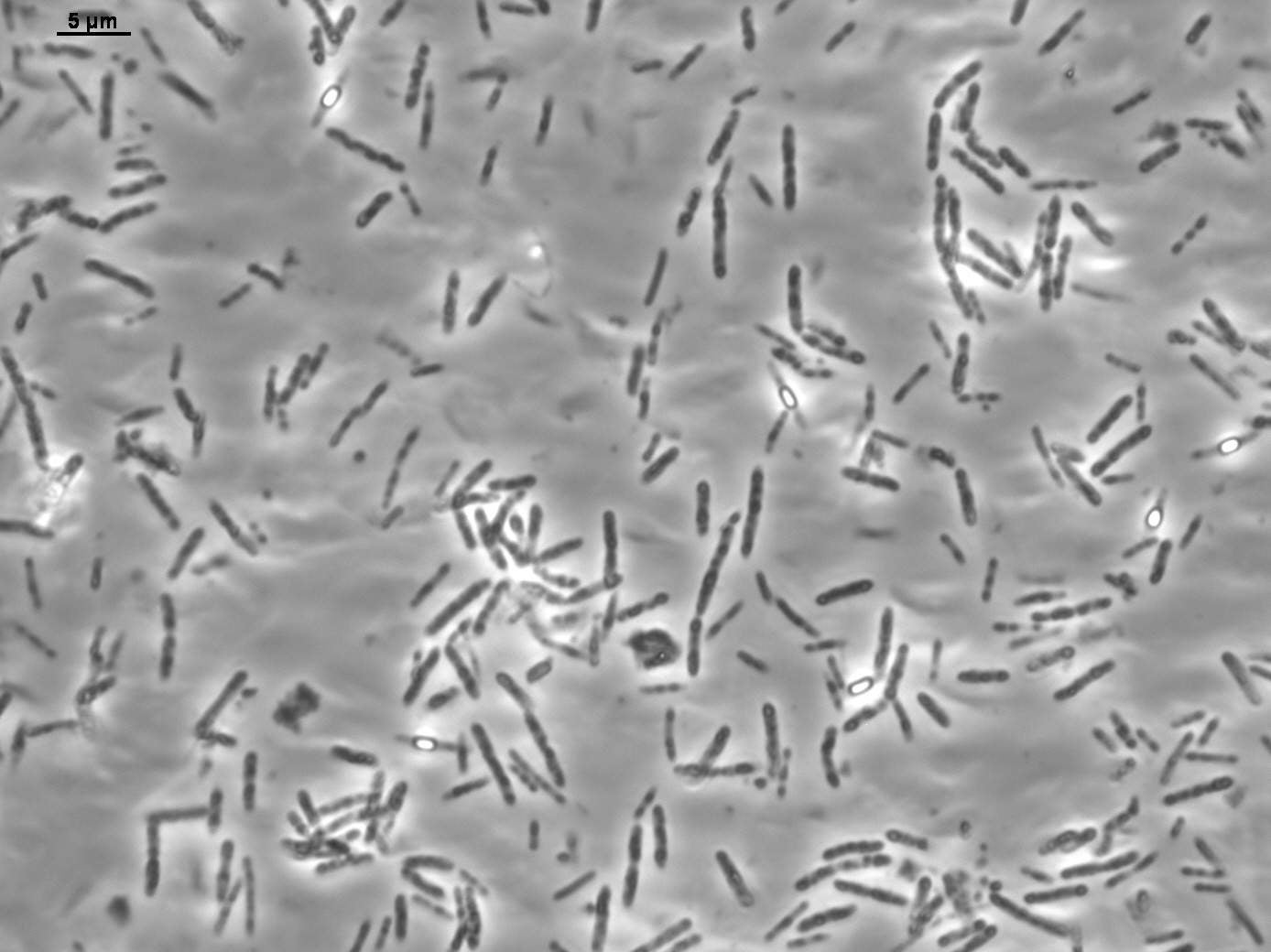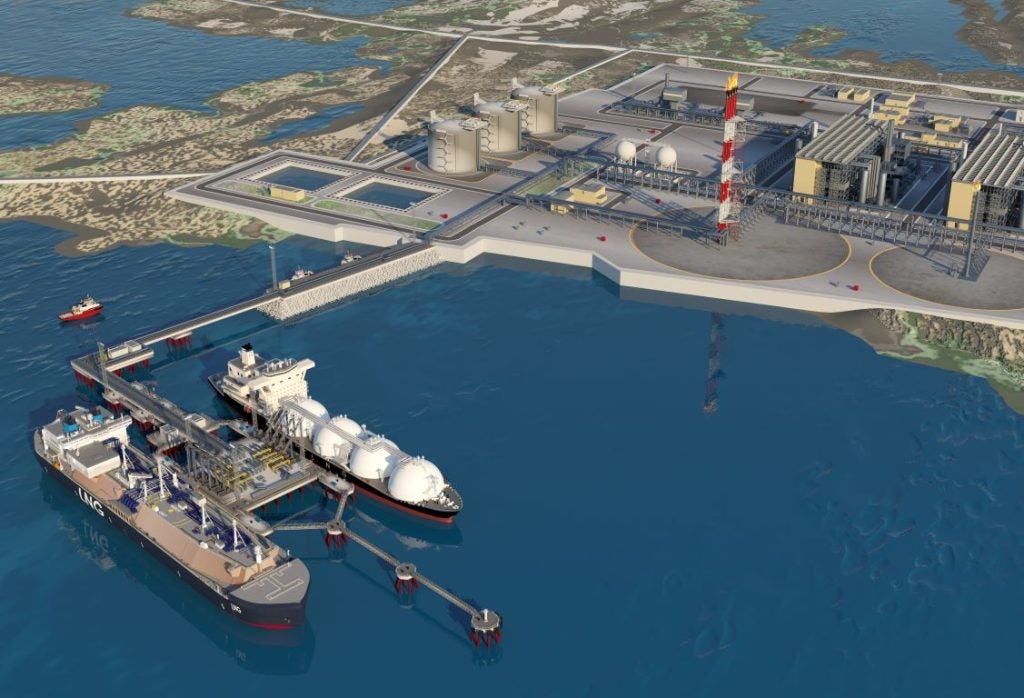
Offshore exploration and production is justifiably thought of as an engineering process, with the industry having much to gain from employing experts in fields such as geology and chemistry. Microbiology, on the other hand, is rarely cited as an area of particular importance for the oil and gas industry. Nevertheless, wise offshore operators don’t entirely ignore the organic properties of the marine environment in which they explore and produce; even an environment as hostile as a subsea oil reservoir is a living eco-system, and the resident bacteria can have a significant impact on production.
Reservoir souring is a case in point. This process is caused by the activity of sulphate-reducing bacteria (SRB) in oil reservoirs. These bacteria ‘breathe’ sulphates in the water and ‘exhale’ hydrogen sulphide (H2S), a highly toxic and corrosive compound. Not only does H2S present a life-threatening hazard to offshore workers – the industry records deaths from H2S exposure on an infrequent but regular basis – its corrosiveness has a major impact on subsea infrastructure such as pipelines, increasing maintenance costs and heightening the risk of environmentally disastrous oil leaks and spills.
From an economic perspective, microbially-influenced corrosion (MIC) costs the industry billions in maintenance and repair costs every year, and the increased sulphur content of crude oil that is caused by SRB activity and H2S can decrease its value by up to 20%.
Dr Casey Hubert of the University of Calgary’s geomicrobiology group in Canada has been working with partners from academia and industry to understand more about SRB and how the industry can improve its approach to tackling reservoir souring.
As a visiting professor at Newcastle University in the UK, Hubert led a research project looking into reservoir souring, with funding from the Engineering and Physical Sciences Research Council (EPSRC) and the oil industry. Back in Canada, meanwhile, Hubert and colleagues, with backing from the provincial government of Nova Scotia and Genome Canada, have been investigating the possibility that tracking the unexplained appearance of heat-loving SRB on the cold seafloor could hint at the presence of underlying hydrocarbon reserves, possibly creating a new tool to de-risk the exploration process.
Here Hubert discusses the findings of these research strands and their implications for the exploration and production side of offshore oil and gas.
How well do you really know your competitors?
Access the most comprehensive Company Profiles on the market, powered by GlobalData. Save hours of research. Gain competitive edge.

Thank you!
Your download email will arrive shortly
Not ready to buy yet? Download a free sample
We are confident about the unique quality of our Company Profiles. However, we want you to make the most beneficial decision for your business, so we offer a free sample that you can download by submitting the below form
By GlobalDataChris Lo: How big of a problem is reservoir souring in the offshore oil and gas industry?
Dr Casey Hubert: This is particularly problematic in offshore oil fields. Offshore oil producers, to keep the pressure of the reservoirs high so that the oil can keep producing out of a production well, will pump seawater into the reservoir at an upstream well. Seawater has a lot of those sulphates in it, so it’s creating a perfect situation for the SRB to convert sulphates into hydrogen sulphide when you pump seawater into the reservoir. They breathe the sulphates and they have a lot to eat because they have all the compounds in the oil reservoir. So they’ve got what they need to breathe and they’ve got what they need to eat, and you have a reservoir souring problem.
CL: How did the reservoir souring project come together with Newcastle University?
CH: In terms of the EPSRC, microbiology’s not one of the first things you might think of in terms of an engineering research problem, but we really view the oil reservoirs in this case as eco-systems, and if we can tweak the prevailing microbial processes, that’s a form of engineering. We knew these problems exist in the oil industry with the SRB; we knew that the EPSRC is interested in investing in solutions to problems of all kinds, and therefore it was a good fit to pursue the reservoir souring research with the EPSRC funding.
CL: And the project received interest and additional funding from oil and gas majors?
CH: Yes, that’s been a nice outcome, that [the oil companies] were not only interested but they also ended up bringing more funding to the table and increased the total pot considerably, maybe by 30%. That was helpful, but it was just as helpful to have those colleagues at the table, designing the experiments and thinking about what the research questions to be. Money always helps in research, but in addition the ideas and the insights – some of these people are dealing with these problems in the real world on a daily basis.
CL: What insight has your research provided on the ways in which sulphate-reducing bacteria are activated in oil reservoirs?
CH: There are two main areas. We studied how the temperature that the bacteria experience is a contributing factor in how they wake up and get going. When the seawater is [injected] the temperature changes quite a bit, and companies have observed that the temperature change seems to be connected to the souring problem. By lowering hot temperatures, starting at 80-90°C and then dropping the experimental temperature down to 50-60°C, we’ve observed that that’s when certain SRB would wake up and get going. So doing a backwards temperature experiment like that was a new insight, and it’s caused us to now wonder – what if the oil companies just tried to engineer the water injection temperature, could that help them control the souring problem?
The other [finding] relates to nitrate injection. Nitrate injection is a well-known strategy [to combat reservoir souring]. We’ve been looking at is whether nitrate injection makes the corrosion problems that are associated with souring, the MIC, whether nitrate makes that better or worse, and under what doses or concentrations of nitrates might the corrosion get better or worse. Because the last thing we want is for a green technology like nitrate injection to fall out of favour because of anecdotal reports that it makes corrosion worse. So we’ve been really trying to understand that so that we can almost safeguard nitrate’s reputation, if you like. If we can understand how that may or may not contribute to more corrosion, and if it’s just down to a different nitrate concentration or dose, that might allow you to still control the souring but not exacerbate the corrosion.
CL: You’re also looking into the possibility that tracking thermophilic bacteria on cold seafloors could improve on the exploration process – could you tell me about this?
CH: We’re also studying low-temperature ocean processes. One curious thing we found was that, when we were studying the incubating samples at different temperatures, we noticed a lot of SRB that would only grow at high temperature, and when we sequenced the DNA of those SRB, we noticed that they looked exactly like the ones that cause the reservoir souring. It didn’t really make any sense that you would find them in the ocean, and we were in the Arctic so it was 0°C, why would you have these thermophiles?
We hypothesised that it’s this leakage out of oil reservoirs that gets up to the surface and into the ocean, and that [these leaks] might be a conduit or a transmitter not just of oil but also these reservoir bacteria. That led to the idea that maybe if you can map their distributions, you might have another way to help identify where the oil seeps are. We proposed that this could potentially add another layer of understanding to [oil seep] mapping efforts, and could be a de-risking factor. Now in deepwater they’re talking about one drilling well costing in the hundreds of millions of dollars for a single well, so if a company really wants to do that, they want to have as much certainty as possible that they’re not drilling in the wrong spot.
CL: What does the funding situation look like for this research?
CH: The main sponsors of the research – in this case it’s the Government of Nova Scotia, which wants to map the offshore, so we actually work not directly with an oil company but with the Department of Energy within the provincial government. So they contract the ship and invite us to join them. It’s a lot of piggybacking; we are invited on the ships with the other scientists, so we do take the samples ourselves.
There’s been a lot of enthusiasm and interest. Here’s a difference though, between this idea and the reservoir souring idea. On the reservoir souring idea the [oil] companies were chipping in the funding, whereas the exploration-based ideas are a little bit more new as hypotheses, so there we do rely more on the government’s funding to put us in a position to collaborate with companies. Maybe in the future if those ideas bear out, the companies would fund that as well. But to date that’s not been the case. It’s an example of two different stages of discovery – the souring is a pretty well-established problem, while the exploration stuff is mostly curiosity-driven right now.
CL: Broadly speaking, what is your perspective on the role that academic science can play in minimising the environmental impact of continued hydrocarbons exploration and production? Do you feel it’s important to contribute in this way, despite the view among scientists that fossil fuels need to be kept in the ground to avoid the worst impacts of climate change in the future?
CH: I would absolutely agree with those scientists. They’re right – if we’re going to deal with climate change, ‘keep it in the ground’ is a nice, succinct way of putting it. Ultimately that’s what we need to do. We want to study and understand the deep biosphere, that’s our motivation – we’re curious about these things. Insofar as society still needs to rely on fossil fuels – for better or worse it’s going to be at least a few years until we can be off fossil fuels – I guess our position is let’s do it as responsibly as possible, and if we can leverage that into some cool science to understand the ocean and the subsurface, I would see that as a win-win. I absolutely applaud those scientists whose research questions are continuing to tell us that this is a fact and we need to deal with it. That’s extremely important and a defining issue of our time, no doubt.




